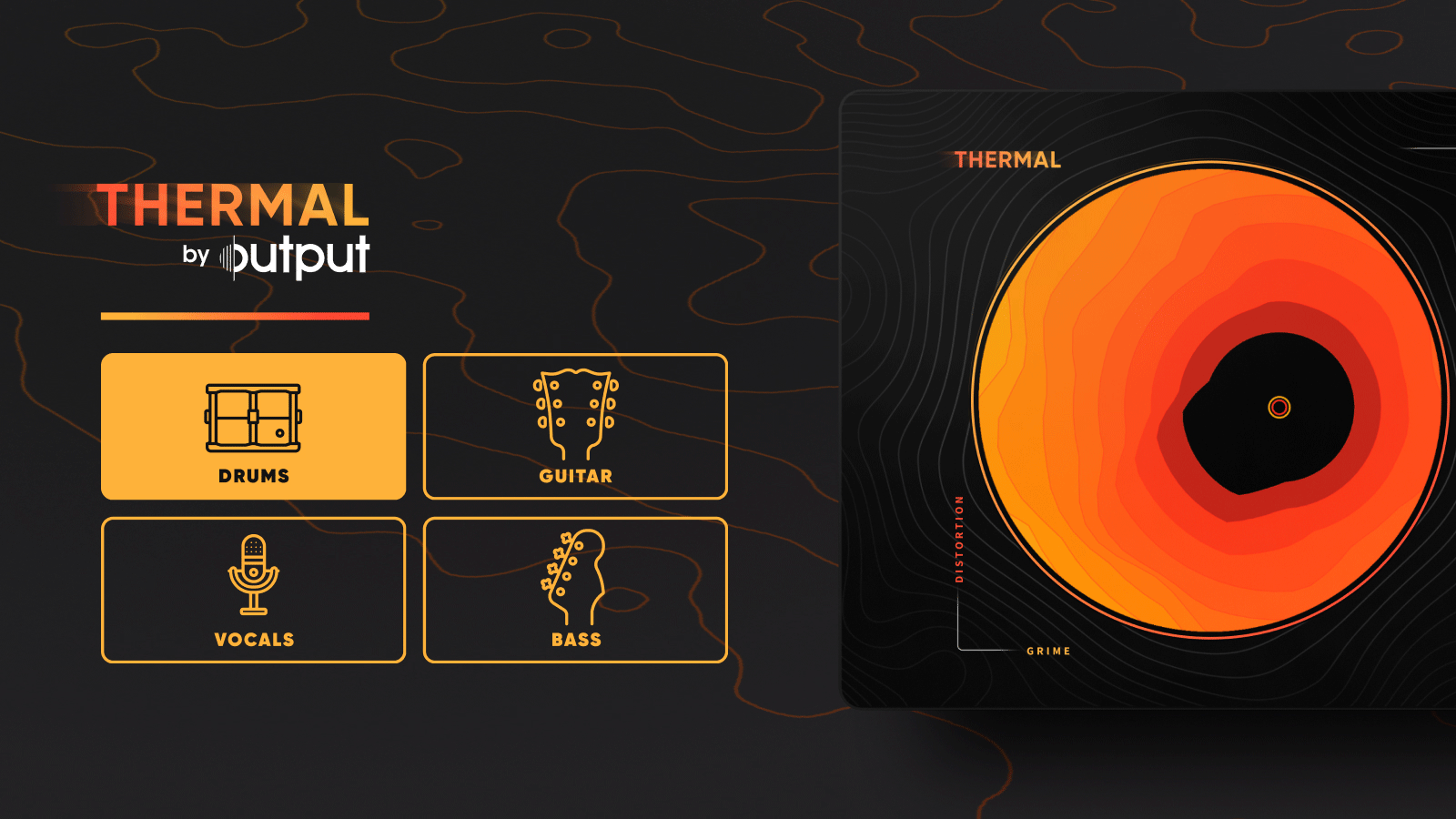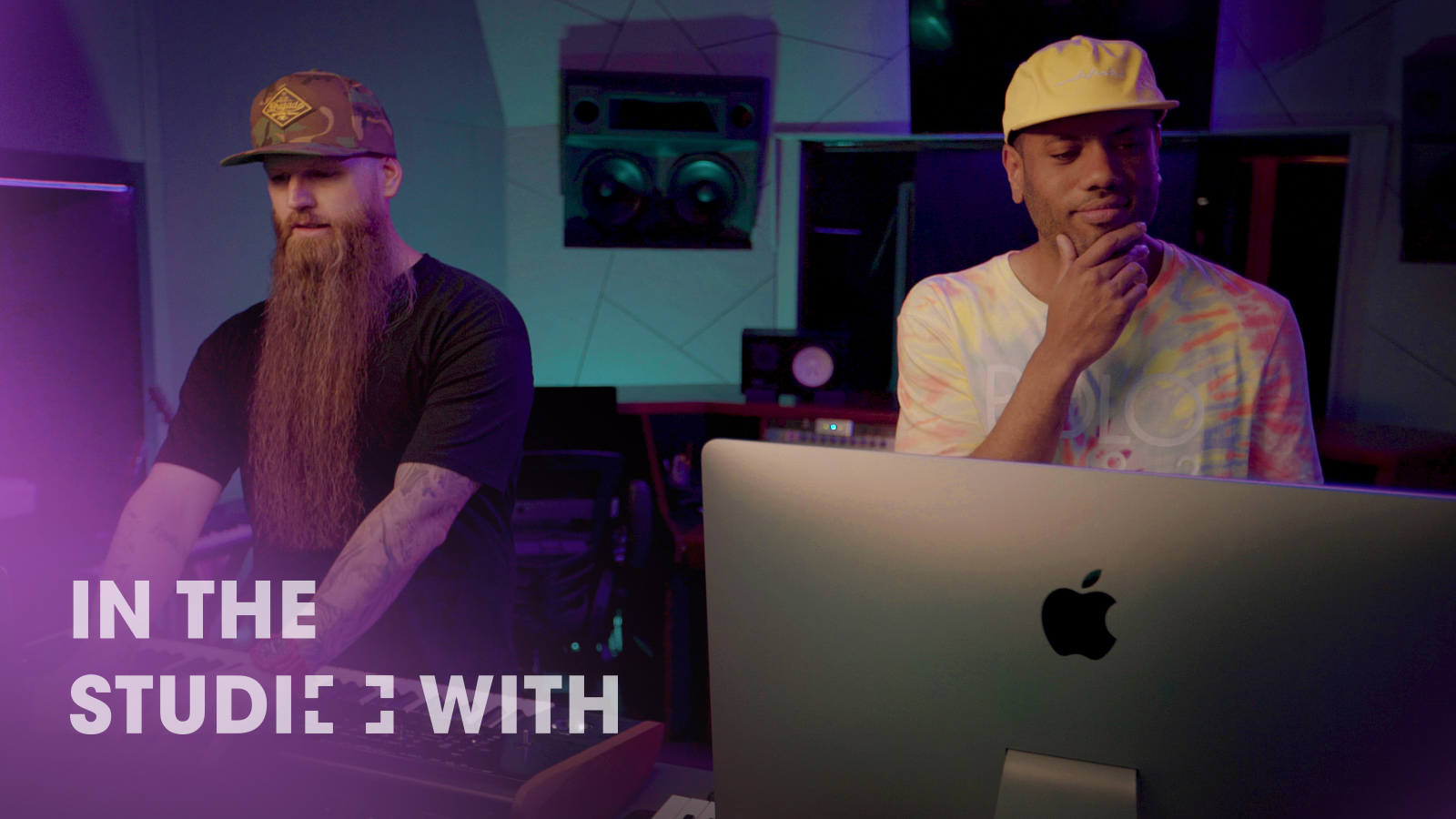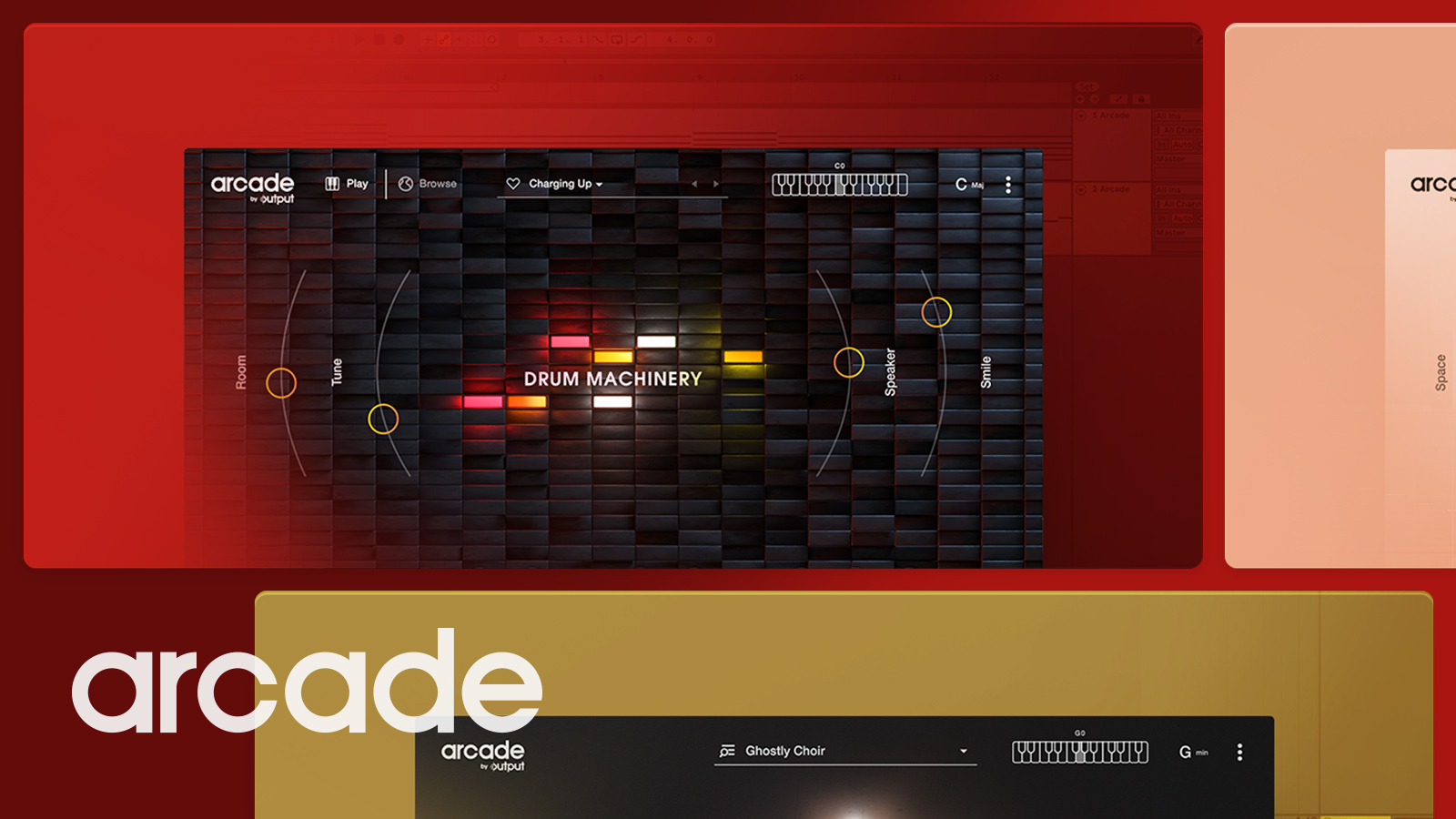Soaring strings, sinuous grooves and poetic stanzas all come to mind with the mention of love songs. But what makes a love song great? Well, if there was a simple formula guaranteed to make everyone swoon (Frank Sinatra comes close), we’d all be using it. The reality is, music affects each person differently—and what is sweet to one is saccharine to another. Our personal experiences, musical histories, and listening preferences shape our capacities to be emotionally moved by a particular song.
Love is a hot topic in music. A study by The Society for Education, Music and Psychology Research found that since the 1960s, 60-70% of songs written include the subject of love (and/or sex). With such a vast amount, what a love song actually is can be open to interpretation—from self-love pop anthems to conflicted emo ballads to evocative ambient soundscapes. The bigger questions that emerge from this are why do we spend so much time writing about love—and what makes music such a perfect medium for this message? For those of us who make music, there is much we can glean from these explorations. Here are a few concepts to ponder as you craft your serenade.
Love is still the commonest theme of our songs
Charles Darwin
Musical Environments
Sound shapes our understanding of the world. We, along with most other species, have navigated the soundscapes of our environments to understand our surroundings, connect with others, and avoid danger. Before music, there was the rhythm of footsteps, pad-like wind in the trees, and the melodies of crickets, birds, and our own vocalizations. Musician & author Bernie Krause—one of the world’s leading experts in natural sound—even suggests musical expression evolved out of our perception of the sonic environment. Following this line of thinking, music is a part of our lives from our earliest ability to hear sound. Pair this with the universal goal of nearly every species to survive and connect, and space for a proto-love song emerges.
🎵 CREATIVE EXERCISE | Think of a place you love. What did it sound like? What was the background noise like? The rhythm of the space? The distinctive features? Sample or find sounds that remind you of these things and create a beat or soundscape to start your song. Check out Arcade’s Field of Sounds Line to get inspired.
Vocal Cues
When a track has a lead vocal, it catches the listener’s attention. Because of how we communicate, our ears are finely-tuned to hear not only what the vocalist is saying, but a myriad of other things that can be expressed in just a few notes—emotion, fear, health, energy level, location, sincerity and more. There are artists like Meredith Monk who have built an entire creative practice out of exploring all that can be wordlessly communicated with the human voice. Our musical tastes will play a big role in whether we prefer the close-mic’d whispers of Jane Birkin and Serge Gainsbourg on “Je t’aime…Moi non plus” (notice how you don’t need to speak French to understand the song), or the big, jubilant tones of Marvin Gaye & Tammi Terrell on “Ain’t No Mountain High Enough”—but there is no doubt that love is being celebrated in both. Even instrumental music leans into these concepts—with great artists understanding how to “speak” through their cellos and guitars—telling the listener they are their one and only.
🎵 CREATIVE EXERCISE | Think about how you react to the sound of a voice in different situations—a warm hello, a whisper in the dark, a friend calling your name. What is different about them? What do they stir in you? Do any of these inspire a creative direction for your vocal track(s)? Check out Arcade’s Hooked line to explore a variety of different vocal timbres.
Body Rhythms
The human body is a polyrhythmic experience—our movements, heartbeat, breath, speech patterns, twitches, blinking eyes, and sleep/wake cycles. To be alive is to be rhythmic—and to love is to be alive. Entrainment, a biomusicology term, describes the (mostly) unique human experience of syncing to a rhythm—visualize a festival crowd jumping to a beat, or a pair of ballroom dancers. Our further sensitivity to rhythm informs the way we move to music—with the intricacies of a pattern leading to different dance moves like tango, two-step, pogoing, twerking, bachata, slow-dancing and beyond. Beatmakers are always paying attention to how a club grooves to their track, and with platforms like TikTok popularizing dance challenges, some artists are even thinking about how to inspire certain movements with the music they are creating. In any style or at any speed, rhythm is the beating heart of your love song—from slow expressive ballads to four-on-the-floor house tracks.
🎵 CREATIVE EXERCISE | Hear in your mind the tempo and groove that you are feeling for your love song. Pull a few loops from Arcade that match the speed and style of what you are imagining. Start making small adjustments and pay attention to how your instincts for movement change as you flip the beat.
Connection Through Music
One of the most important uses of music throughout history has been to connect—through ritual, storytelling, militaristic calls, and beyond. This concept is still integral to today’s music—the crowded dancefloor at a club, a full stadium chanting a chorus, the handful of hits you’ll hear anywhere in the world, or a group of musicians who don’t speak the same language who can just sit down together and play. For the record, the unavoidable karaoke jam “Sweet Caroline” is a love song. Because of the “social glue” it creates, a number of studies link music to empathy—the ability to understand and share the feelings of others. Music is a connector, and love of any kind is the greatest connection we can experience as humans.
🎵 CREATIVE EXERCISE | Consider how connection plays a role in your song. Is it made for a single listener or might a group of people sing it together? Is it meant to be blasted over speakers or strummed on an acoustic guitar? Think about how you might use this information to influence the production of your song. You can try different Lines and Kits in Arcade to explore different sonic approaches to the same material.
Lyrics of Love
Words for powerful emotions can be challenging to conjure. Music and poetry about love have helped the world articulate this ineffable topic for centuries. Some of the oldest songs that exist are about love (with the most ancient of those documented focused on fertility & worship). To write lyrics that transcend the cringe-worthy, authenticity is arguably the most important quality. Hip-hop verses about a neighborhood crush can be just as compelling as an operatic aria about an unrequited flame or a minimalist dance track with only five words. Knowing who you are speaking to (the listener, a lover, yourself in the mirror) and how you want your listener to feel can inform your poetic choices. Consider how the music will compliment your lyrics—are the words pensive but the music is bright? Is there a dark bass beat with heartfelt lyrics? The relationship (pun intended) between your words and music is what will ultimately stir the heart of your listener.
🎵 CREATIVE EXERCISE | Write down three plain-spoken statements about love—ideally something you would say or feel in real life. They can be abstract or direct. Say them out loud. Sing them out loud. Try singing them over a loop. Keep what feels authentic and continue to build around it.
If music be the food of love, play on.
William Shakespeare
Music is so deeply intertwined with the human experience, and its basic foundations are inextricably linked to how we communicate, move, and connect. As a form of self-expression, music has been speaking the language of our souls since before the earliest bone flutes (60,000 years!), and it possesses the ability to help us grasp and explore vast emotional landscapes—from the profound to the lighthearted. Whether it is a frothy club jam, a shoegaze wall of sound, or a smooth jazz solo, love is the perfect muse for your next song.
Sources and Further Reading
Rogers, S., & Ogas, O. (2022). This Is What It Sounds Like: What the Music You Love Says About You. W. W. Norton & Company. https://www.thisiswhatitsoundslike.com/
Krause, B. (2013). The Great Animal Orchestra: Finding the Origins of Music in the World’s Wild Places. Little, Brown and Company. https://www.littlebrown.com/titles/bernie-krause/the-great-animal-orchestra/9780316192392/
Gioia, T. (2015). Love Songs: The Hidden History. Oxford University Press. http://tedgioia.com/love_songs.html
Christenson, P. G., De Haan-Rietdijk, S., Roberts, D. F., & Ter Bogt, T. F. (2018). What has America been singing about? Trends in themes in the U.S. Top-40 songs: 1960–2010. Psychology of Music, (Volume 47, Issue 2). https://doi.org/10.1177/0305735617748205
Tabak, B. A., Wallmark, Z., Nghiem, L. H., Alvi, T., Sunahara, C. S., Lee, J., & Cao, J. (2022). Initial evidence for a relation between behaviorally assessed empathic accuracy and affect sharing for people and music. Emotion. Advance online publication. https://doi.org/10.1037/emo0001094



